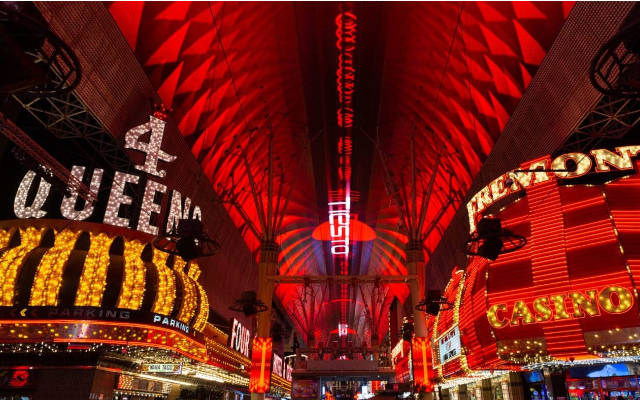The Real Cost of Clinging to Fossil Fuels

Las Vegas is awash in lights and spectacle.
By EVWorld.com Si Editorial Team
The editorial from the Las Vegas Review-Journal paints a grim picture of clean energy's economic toll, warning that the bill is coming due. But that framing obscures a deeper truth: the transition to renewables isn't the cause of rising energy costs - it's the remedy.
For years, fossil fuels have been propped up by hidden subsidies and externalized costs. Pollution, climate damage, and public health impacts don't show up on utility bills, but they're paid in hospital visits, disaster relief, and degraded ecosystems. Renewables, by contrast, offer a cleaner ledger. Solar and wind are now the cheapest sources of new electricity generation globally, with prices falling sharply thanks to technological advances and economies of scale. The International Renewable Energy Agency reports that nearly all new renewable projects beat fossil fuels on cost.
So why are bills climbing? The answer lies in the infrastructure. Upgrading the grid to handle distributed energy, building transmission lines, and installing storage systems are capital-intensive - but they're transitional. These investments are necessary not because of clean energy mandates, but because the existing system is aging and brittle. Blaming renewables for these costs is like blaming seatbelts for the price of a safer car.
In Nevada, NV Energy's rate hikes have more to do with fuel cost adjustments and legacy contracts than with solar panels. The editorial's suggestion that government mandates distort markets ignores the decades of distortion baked into fossil fuel dominance. If anything, clean energy policies are a corrective - an attempt to level the playing field and prepare for a future where climate volatility isn't just a line item, but a lived reality.
The editorial also raises concerns about grid reliability. That's a valid issue, but it's not a condemnation of renewables - it's a challenge to be solved. Battery storage, demand response, and smart grid technologies are already addressing intermittency. California, often cited as a cautionary tale, has shown that with planning and investment, a high-renewables grid can remain stable.
Ultimately, the clean energy transition isn't a reckless spending spree- it's a strategic pivot. The costs are real, but so are the savings. And the alternative - clinging to fossil fuels in a warming world - isn't just expensive. It's untenable.
Original Backlink
Views: 113
Articles featured here are generated by supervised Synthetic Intelligence (AKA "Artificial Intelligence").
